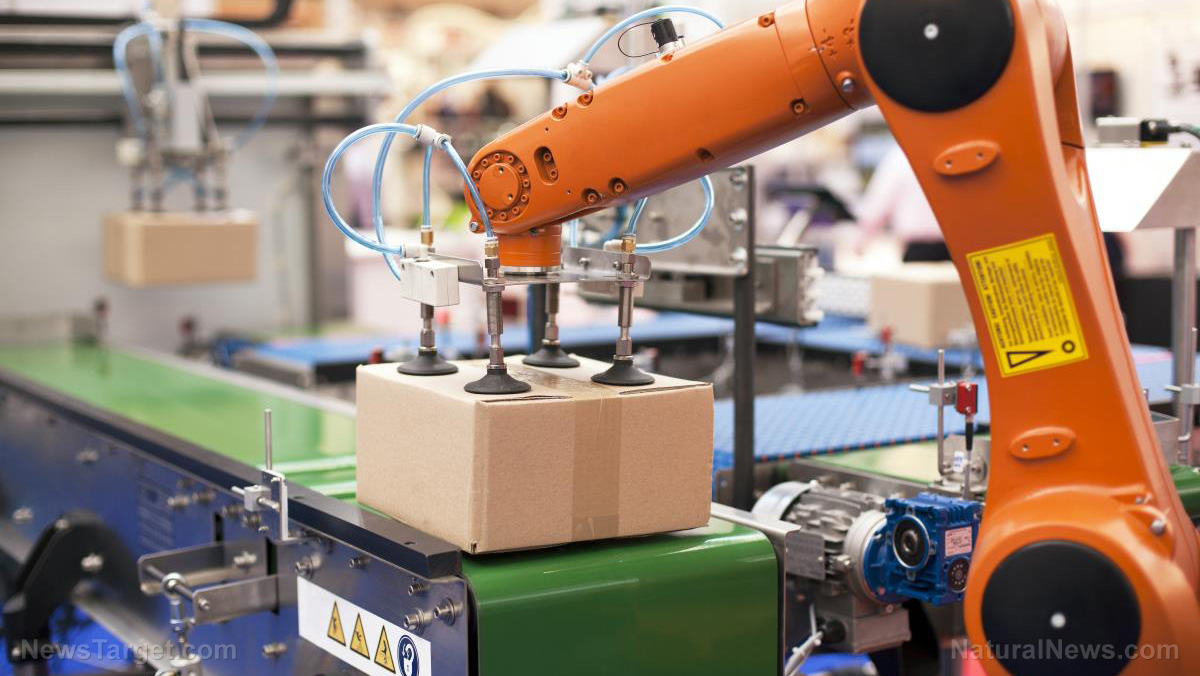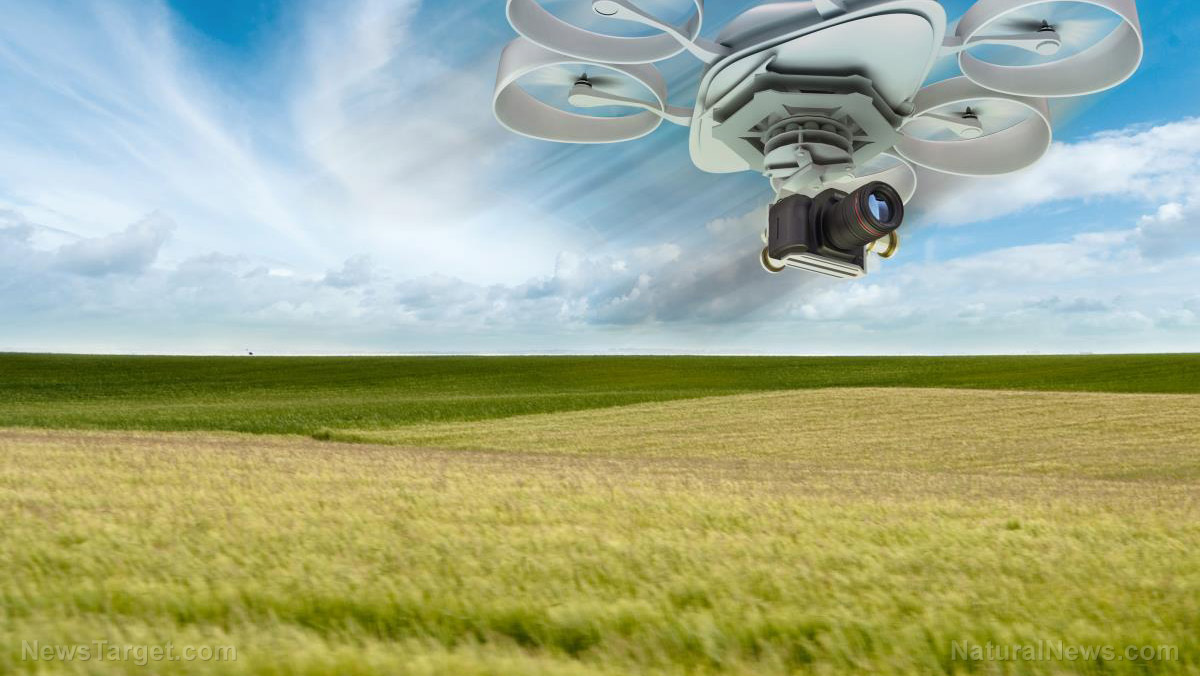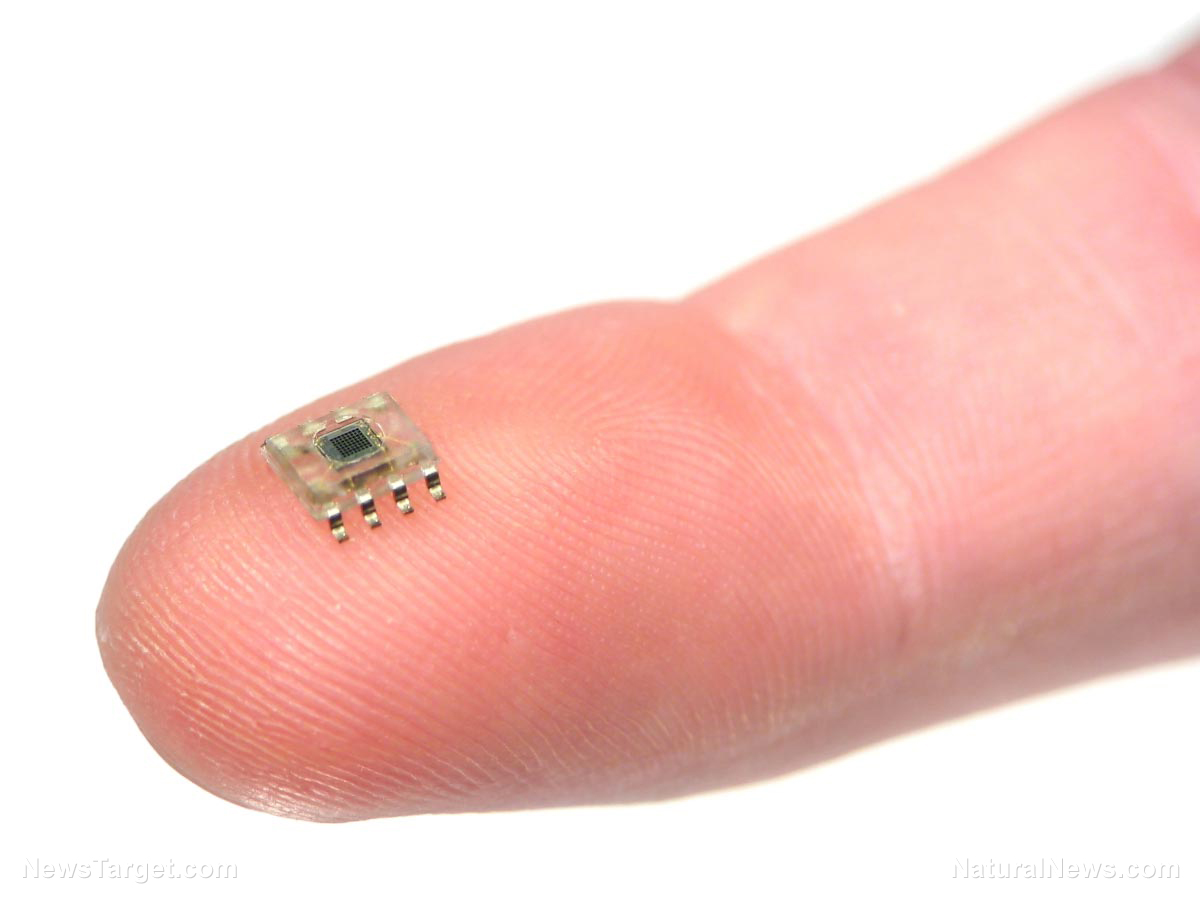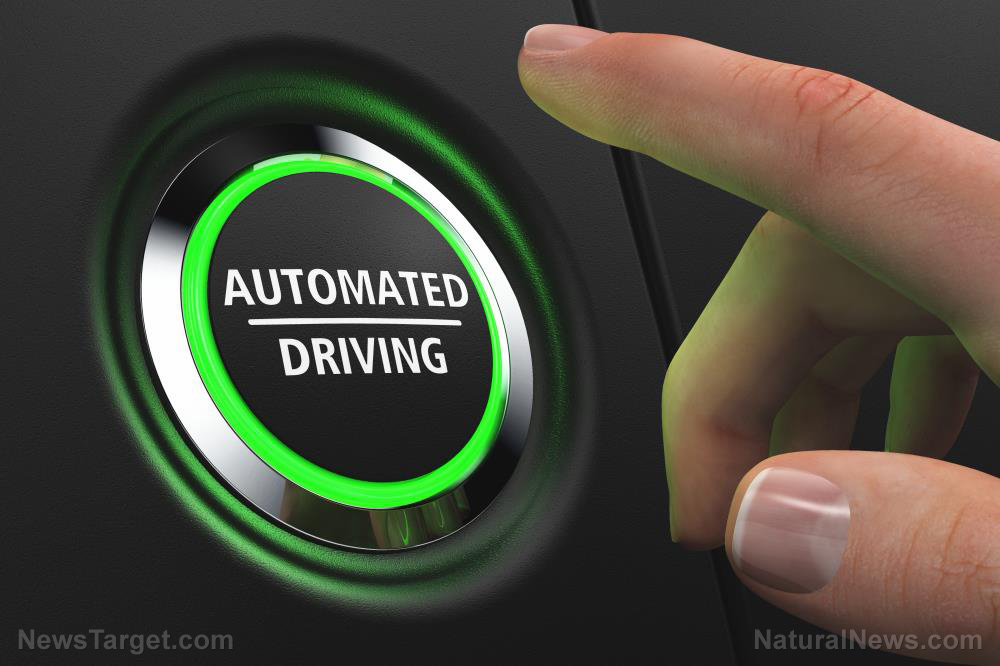Coronavirus lockdown leads to increase in automation as employers turn to robots to keep their businesses running
01/31/2021 / By Arsenio Toledo

As the Wuhan coronavirus (COVID-19) pandemic rages on in North America and millions of people remain in lockdown, manufacturers and other industries are turning to robots to keep their factories running.
According to a report by the Association for Advancing Automation, a trade organization that advocates for the supposed benefits of automating jobs, North American companies ordered 9,972 robot units in the fourth quarter of 2020. This represents a nearly 64 percent increase over the fourth quarter of 2019, the second-best quarter ever for North American robotics sales. The total number of robot units sold in 2020 was 31,044, which is up 3.5 percent from 2019.
“The surge in robot orders that we’re seeing, despite the pandemic, demonstrates the growing interest in robotic and automation solutions,” said Jeff Burnstein, president of the Association for Advancing Automation, in the company’s report. “It’s promising to see the growth of robotics in new applications and reaching a wider group of users than ever before.”
“The pandemic has created a sense of urgency for manufacturing companies to invest in automation like never before,” said Mike Cicco, CEO of the American arm of Fanuc Corporation, a Japanese robot maker. “Traditionally, companies have implemented automation to reduce cost, increase output and improve quality. However, the pandemic has added an additional factor that is driving manufacturers to reexamine their supply chain to increase flexibility, minimize disruptions and move it closer to their customers.” (Related: Researchers develop an algorithm that tells robots where humans are going: Tool can soon allow humans and robots to work in a factory setting… or someday hunt us like prey.)
A vast majority of 2020’s gains in orders came during the second half of the year. In the first half, robot orders actually dropped by 18 percent as companies were still trying to figure out how to replace all of the labor power that they lost due to economic lockdowns.
But as soon as corporations got over this hurdle, demand for robots accelerated, with the gains coming from the fourth quarter of 2020 only being surpassed by the fourth quarter of 2016.
Orders for non-automotive sector jobs surpassed automotive robot orders
Before the pandemic, the jobs being automated were mostly in the manufacturing sector such as the automotive industry. Now, jobs are being automated at an alarming rate in multiple industries. For the first time ever, non-automotive sectors of the economy purchased more robots than the automotive industry.
According to the report, year-over-year orders for automotive robot units increased by 39 percent. For the plastics and rubber industry, orders increased 51 percent. For food and consumer goods, 56 percent. The industry that saw the largest surge in robot unit orders were the life sciences, pharmaceutical and biomedical industries with a 69 percent increase.
According to John Bubnikovich, North American chief regional officer for KUKA Robotics, the growth for robotics has been spurred by the level of competence in the latest robotic units.
“The automation competence level in general industry has grown, and that matured into greater demand,” he said.
This can be seen through the many technological improvements that have made it more practical for robots to replace workers in many jobs. Among them are improvements in vision and mobility and advances in machine-learning that make it much easier for the robots to complete complex tasks that they could not do before, such as preparing food.
According to Mark Joppru, vice president for ABB Robotics and Machine Automation, robots that were used in food applications used to handle simpler tasks like case loading. But ever since they started taking over food preparation jobs, the industry has seen improvements in food safety and hygiene.
“While these trends have existed for several years, COVID has changed perceptions and priorities for customers, accelerating the adoption of robotic automation,” said Joppru.
Bubnikovich added that the COVID-19 pandemic has significantly shifted consumer behavior, which created expectations that would have been almost impossible to satisfy without the use of automation.
Dean Elkins, a segment leader for Yaskawa Motoman, agreed with this assessment as he has seen automation be used to aid the e-commerce industry to fulfill orders quickly while at the same time allowing for proper social distancing practices to be kept in place.
Elkins pointed out that robots have also been very useful in the production of coronavirus-related personal protective equipment, testing kits and other medical gears that are very essential for use during the pandemic.
Find out the latest news regarding advances and issues in robotics and the loss of jobs that comes with automation by reading the latest articles at Robotics.news.
Sources include:
Tagged Under: automation, badtech, coronavirus, coronavirus lockdown, covid-19, flu, infections, jobs, labor shortage, lockdown, outbreak, pandemic, robotics, robots, superbugs, technology, unemployment, virus
RECENT NEWS & ARTICLES
COPYRIGHT © 2017 FUTURETECH.NEWS
All content posted on this site is protected under Free Speech. FutureTech.news is not responsible for content written by contributing authors. The information on this site is provided for educational and entertainment purposes only. It is not intended as a substitute for professional advice of any kind. FutureTech.news assumes no responsibility for the use or misuse of this material. All trademarks, registered trademarks and service marks mentioned on this site are the property of their respective owners.





















